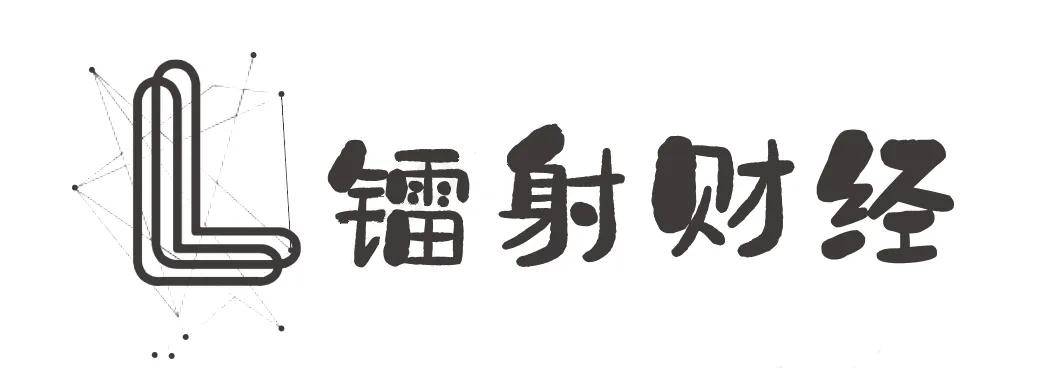我使用的语言是R,但你并不一定需要知道关于R来回答这个问题。
问:我有一个可以考虑的地面实况序列,另一个序列是第一个移位版本,有一些缺失值。 我想知道如何对准两个。
设定
我有一个序列ground.truth ,基本上是一组时间:
ground.truth <- rep( seq(1,by=4,length.out=10), 5 ) +
rep( seq(0,length.out=5,by=4*10+30), each=10 )
想想ground.truth随着时代在那里我做了以下内容:
{take a sample every 4 seconds for 10 times, then wait 30 seconds} x 5
我有一个第二序列observations ,这是ground.truth缺少的值的20%的变化 :
nSamples <- length(ground.truth)
idx_to_keep <- sort(sample( 1:nSamples, .8*nSamples ))
theLag <- runif(1)*100
observations <- ground.truth[idx_to_keep] + theLag
nObs <- length(observations)
如果我描绘出这些载体,这是什么样子(记住,想到这些作为次):

我已经试过。 我想 :
- 计算移位(
theLag在我的上面的例子) - 计算一个矢量
idx ,使得ground.truth[idx] == observations - theLag
首先,假设我们知道theLag 。 需要注意的是ground.truth[1]不一定observations[1]-theLag 。 事实上,我们有ground.truth[1] == observations[1+lagI]-theLag一些lagI 。
为了计算这个,我想我会用交叉相关( ccf功能)。
但是,每当我这样做,我得到了最大滞后。 的0交叉相关,这意味着ground.truth[1] == observations[1] - theLag 。 但我已经在我明确确信例子试过这种observations[1] - theLag 不 ground.truth[1]即修改idx_to_keep ,以确保它没有1的话)。
移位theLag不应影响交叉相关(不ccf(x,y) == ccf(x,y-constant) ?),所以我打算以后去解决它。
也许我误解,但因为observations不也有多达值ground.truth ? 即使在我设置了简单的情况theLag==0 ,互相关函数仍然无法识别正确的滞后,这使我相信,我在想这是错误的。
有没有人有一个一般方法对我来说,去这,或知道一些R里面的函数/包,可以帮助的?
非常感谢。
对于滞后,你可以计算你所有的两套点之间的差异(距离):
diffs <- outer(observations, ground.truth, '-')
你的滞后应该出现的值length(observations)时间:
which(table(diffs) == length(observations))
# 55.715382960625
# 86
再检查一遍:
theLag
# [1] 55.71538
一旦你找到你问题的第二部分是容易theLag :
idx <- which(ground.truth %in% (observations - theLag))
如果你的时间序列不是太长以下应该工作。
你有时间标记,第二个是第一的移位和不完整的副本的两个向量,并且要通过它有多少转移到寻找。
# Sample data
n <- 10
x <- cumsum(rexp(n,.1))
theLag <- rnorm(1)
y <- theLag + x[sort(sample(1:n, floor(.8*n)))]
我们可以尝试所有可能的滞后,并且对于每一个,计算排列有多坏,与最接近的“真相”时间戳每个观测时间戳匹配。
# Loss function
library(sqldf)
f <- function(u) {
# Put all the values in a data.frame
d1 <- data.frame(g="truth", value=x)
d2 <- data.frame(g="observed", value=y+u)
d <- rbind(d1,d2)
# For each observed value, find the next truth value
# (we could take the nearest, on either side,
# but it would be more complicated)
d <- sqldf("
SELECT A.g, A.value,
( SELECT MIN(B.value)
FROM d AS B
WHERE B.g='truth'
AND B.value >= A.value
) AS next
FROM d AS A
WHERE A.g = 'observed'
")
# If u is greater than the lag, there are missing values.
# If u is smaller, the differences decrease
# as we approach the lag.
if(any(is.na(d))) {
return(Inf)
} else {
return( sum(d$`next` - d$value, na.rm=TRUE) )
}
}
现在,我们可以寻找最好的滞后。
# Look at the loss function
sapply( seq(-2,2,by=.1), f )
# Minimize the loss function.
# Change the interval if it does not converge,
# i.e., if it seems in contradiction with the values above
# or if the minimum is Inf
(r <- optimize(f, c(-3,3)))
-r$minimum
theLag # Same value, most of the time






